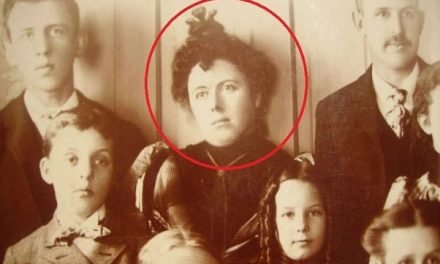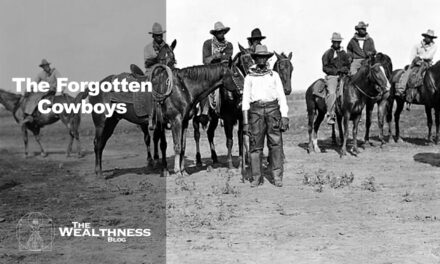During the 19th century, wasnt reaching adulthood an easy task?
During the 19th century, reaching adulthood was not an easy task. The period was marked by a large number of deaths. With epidemics like typhus and cholera, mourning has become part of everyday life. In a phase where life expectancy was very low, recurrent death was no longer a taboo.
A sinister tradition arose at the request of Queen Victoria following the death of her husband Prince Albert. Saddened by her lovers departure, the monarch requested that the man be photographed after his death, so that the episode would remain a memory for her.
From then on, the act became commonplace. In an attempt to immortalize the image of those who are gone, the dead were photographed along with their relatives who were still alive.
However, to make it appear that the deceased was still alive, wooden and metal structures made especially for the moment were placed.
The dead body was meticulously positioned standing, or sitting, to simulate the gestures and appearance of a living person.
Active relatives mingled with those who had already died, it was common for entire families to gather for this occasion, even if life there no longer fully existed.
The mortality rate was even higher in childhood, so most post-mortem photos took place at this stage, often parents photographed their dead children.
Thanks to this, images of children were the most common.










